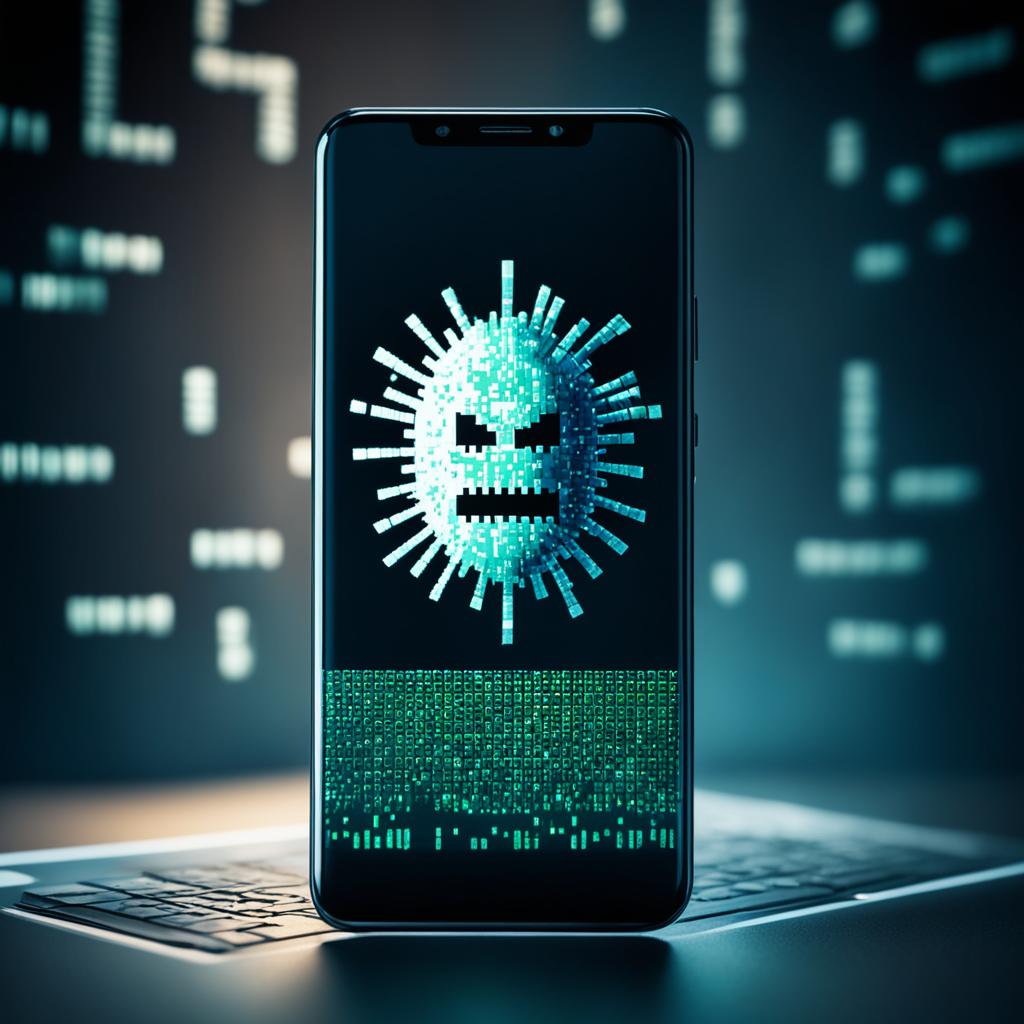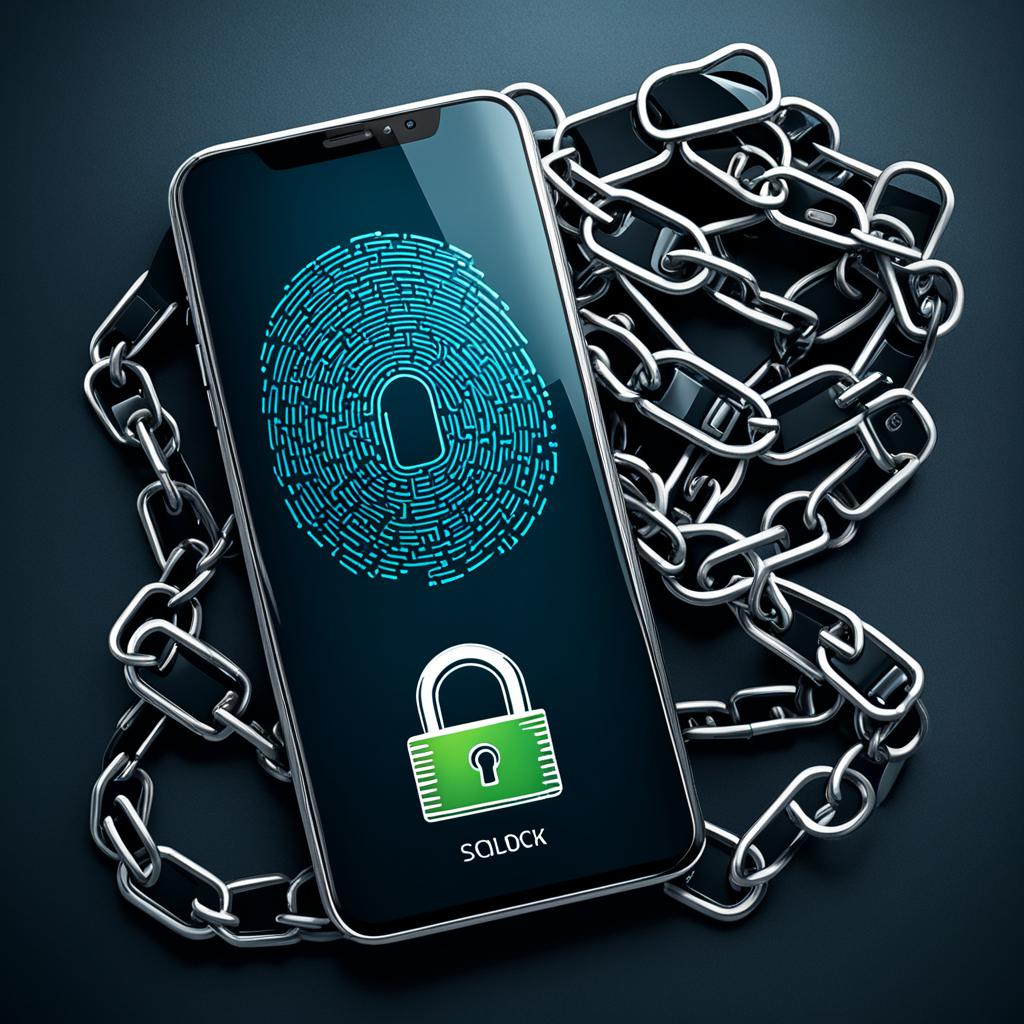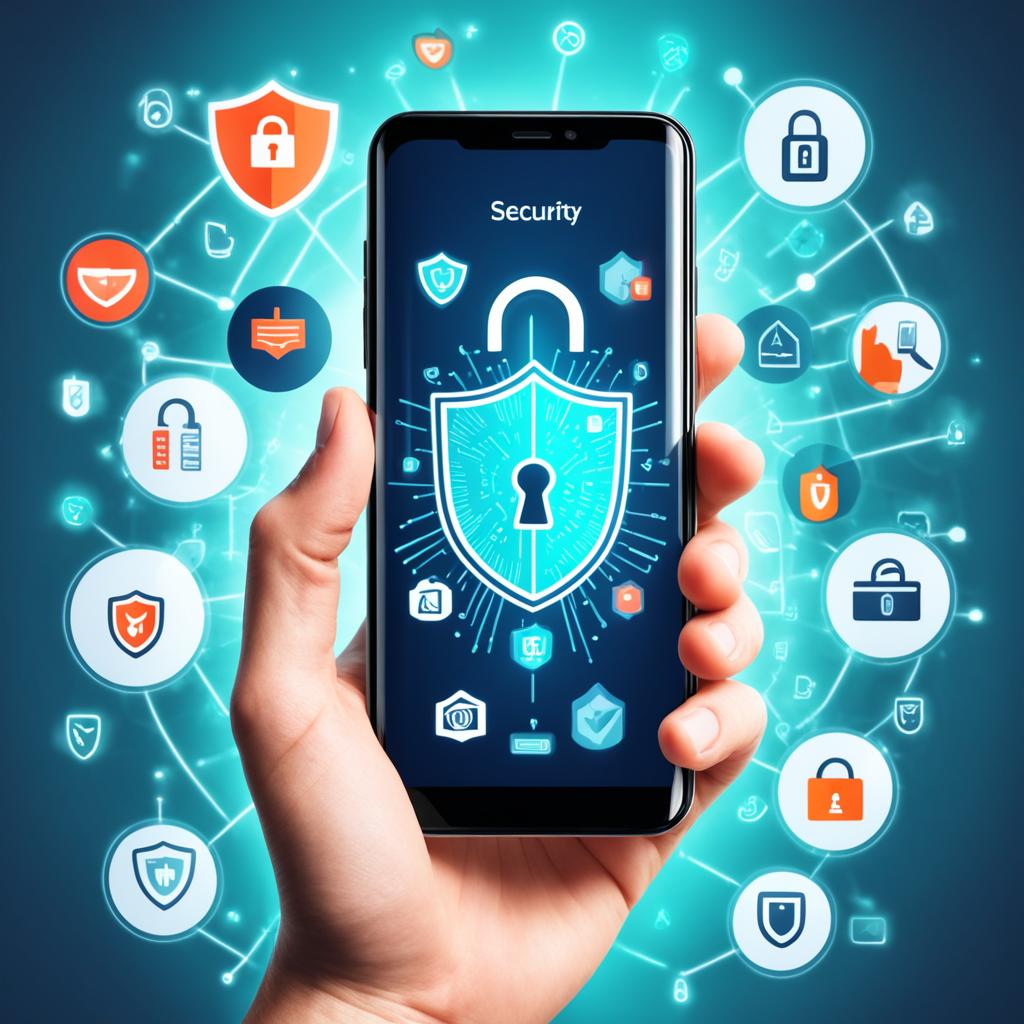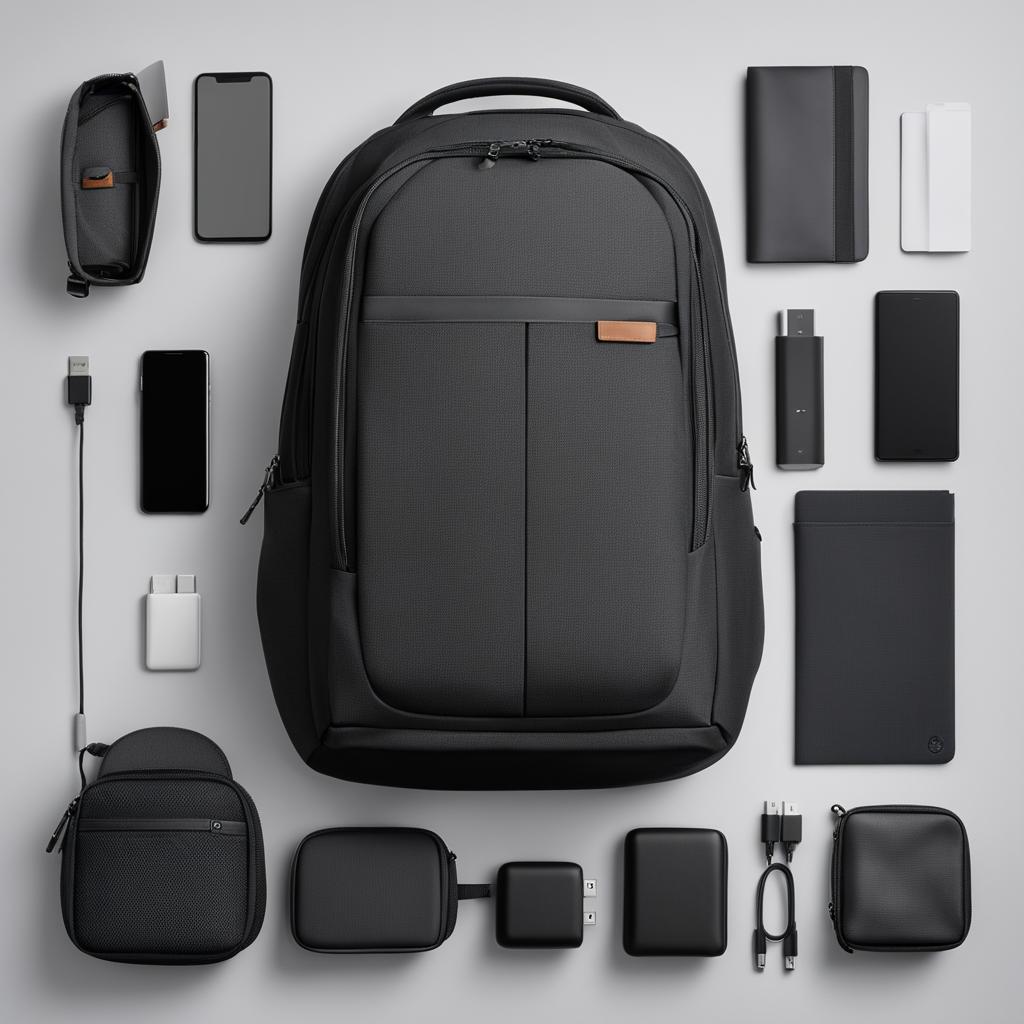With the increasing use of smartphones and the amount of personal and sensitive information stored on these devices, ensuring data security is essential. This guide will cover best security practices for smartphone users, including tips on data protection, threat prevention, and preventative measures to keep your smartphone safe.
Key points from this security guide for smartphone users:
- Mobile Security;
- Data protection on smartphones;
- Mobile Security Best Practices;
- Digital Security Tips for Smartphone Users;
- How to protect your smartphone;
- Cybersecurity on smartphones;
- Privacy Guide for Mobile Users;
- Keep your smartphone safe;
- Information security on mobile devices.
Mobile operating systems and their vulnerabilities
There are several mobile operating systems in the market, as Android, iOS, Windows Phone, Symbian It is BlackBerry. Each of them has its own security vulnerabilities. For example, the Android is more susceptible to malware, while the iOS has a more closed approach to security. It is important to understand the specific vulnerabilities of each operating system and adopt appropriate security measures.

Main mobile operating systems:
| Operating System | Vulnerabilities |
|---|---|
| Android | More susceptible to malware |
| iOS | More closed approach to security |
| Windows Phone | Specific vulnerabilities vary depending on the system version |
| Symbian | Has vulnerabilities inherited from older versions |
| BlackBerry | Faced security challenges in the past but has improved protection |
Understanding the vulnerabilities of each mobile operating system is essential to adopting an effective smartphone protection and security strategy. By knowing the most common threats associated with each platform, users can implement appropriate preventative measures, such as installing antivirus software, regularly updating the operating system, and choosing reliable applications from trusted sources.
Top threats on smartphones
Smartphones are highly vulnerable devices to various security threats. It is important to be aware of these threats and take appropriate measures to protect your personal data and ensure the security of your device.
Threat 1: Mobile Malware
O mobile malware is one of the most common types of threats on smartphones. These malwares can be accidentally downloaded by installing apps from untrusted sources or clicking on malicious links. Once infected, the malware can steal personal information, control the device remotely, or cause irreparable damage.
Threat 2: Phishing
O phishing is a technique used by cybercriminals to deceive users and obtain confidential information, such as passwords and banking details. Attacks phishing on smartphones usually involve sending fake text messages or emails that direct the user to fraudulent websites. It is important to be careful not to provide sensitive information on suspicious websites or dubious links.
Threat 3: Ransomware
O ransomware is a type of malware that hijacks files on your device and demands a ransom to release them. Ransomware attacks ransomware on smartphones can occur through downloading malicious applications or visiting compromised websites. It is essential to maintain regular data backups and avoid interactions with suspicious content to minimize the risk of falling victim to ransomware.
Threat 4: Man-in-the-middle attacks
You man-in-the-middle attacks These occur when a hacker intercepts communications between your smartphone and a server or other device. This allows the attacker to access and even modify sensitive information that is being transmitted. To protect yourself against this type of attack, it is recommended to use secure Wi-Fi networks and avoid accessing unencrypted websites.
See too:
Threat 5: Jailbreaking and rooting
Jailbreaking (in the case of iPhones) and rooting (in the case of Android) are practices that involve removing restrictions imposed by manufacturers on devices. While they may allow for customization of the smartphone, they also open the door to the installation of malicious applications and the compromise of the device's security. It is advisable to avoid jailbreaking and rooting unless absolutely necessary and done with caution.
It is essential to be aware of these threats on smartphones and implement appropriate security measures. Use a good antivirus system, keep your operating system and applications up to date, avoid untrustworthy sources for app downloads, and always be aware of suspicious device behavior. By taking these precautions, you will be protecting your privacy and ensuring a safe experience with your smartphone.

Protective measures for smartphones
Protecting your smartphone from security threats is essential to ensuring the integrity of your personal data. In this section, we will present some essential protective measures that you can take to keep your device safe.
Automatic screen lock
O automatic screen lock is a simple but effective measure to prevent unauthorized access to your smartphone. Set your device so that the screen automatically locks after a short period of inactivity. This will help protect your personal data in case it is lost or stolen.
Operating system updates
Keeping your smartphone's operating system up to date is one of the best ways to protect it from known vulnerabilities. Mobile device manufacturers regularly release updates that fix security flaws. Be sure to install these updates as soon as they become available.
Trusted sources for app downloads
When downloading apps for your smartphone, make sure you only use trusted sources, such as the official store for your operating system (such as the Play Store for Android or the App Store for iOS). Avoid installing apps from unknown or third-party sources as this increases the risk of malware or malicious apps.
Application access permissions
When installing a new app, check the access permissions it requests. Some apps request permissions that are not necessary for their operation, such as access to your location or contacts. Be careful about the permissions you grant to apps and avoid giving them unnecessary access to your personal data.
| Protective measures | |
|---|---|
| ✓ | Automatic screen lock |
| ✓ | Operating system updates |
| ✓ | Trusted sources for app downloads |
| ✓ | Application access permissions |
Two-step verification and account security
A two-step verification, also known as strong authentication, is an additional security measure for user accounts. It requires confirmation of two authentication elements, such as a password and a code generated by an authenticator app.
When using the two-step verification, you can strengthen the protection of your accounts by adding an extra layer of security. This means that even if your password is compromised, an attacker will not be able to access your account without the verification code.
There are several applications available for generating verification codes, the most popular being Google Authenticator and the Microsoft Authenticator. These applications ensure that codes are generated securely and in sync with your account, providing secure and convenient access.
When using the two-step verification, it is important to configure this option in all your online accounts, including social networks, emails, banking services and other applications that store sensitive information.
Advantages of two-step verification:
- Greater protection of accounts against unauthorized access
- Reduced risk of identity theft and fraud
- Prevents account access even if password is compromised
- Increases the security of personal data
- Provides peace of mind and confidence when using online services
Setting up two-step verification is simple. Typically, you just need to go to your account security settings, find the two-factor authentication section, and follow the instructions to link your authenticator app to your account.
Once set up, the two-step verification process will be requested every time you log in to your account. Simply enter your password and the code generated by the authenticator app to confirm the authenticity of your access.
By adopting two-step verification, you will be strengthening the security of your accounts and protecting your personal information from unauthorized access. Be sure to use this important protection measure for your online accounts.

Precautions when using public Wi-Fi networks
Public Wi-Fi networks are widely used by users in places such as cafes, airports and hotels due to their convenience and free internet access. However, it is important to be aware of the risks associated with using these networks, as they can be easy targets for hackers who want to intercept transmitted data and obtain sensitive information from users.
One of the most effective measures to increase security when using public Wi-Fi networks is to use a VPN (virtual private network). A VPN creates an encrypted connection between the user's device and the server VPN, ensuring that transmitted data remains private and protected against possible interception.
In addition to using a VPN, there are other precautions that should be taken when using public Wi-Fi networks:
- Avoid performing banking transactions or accessing sensitive information while connected to a public Wi-Fi network.
- Make sure the public Wi-Fi network you are using is legitimate and trustworthy. Some hackers create fake networks with names similar to those of establishments to lure unsuspecting users.
- Turn off file and printer sharing on your device while connected to a public Wi-Fi network.
- Keep your device's operating system and apps up to date, as updates often include security fixes.
By taking these precautions, you can significantly reduce security risks when using public Wi-Fi networks and browse the internet more safely.
By using a VPN on public Wi-Fi networks, you can ensure an encrypted connection and protect your personal data.
Locate and lock your device if it is lost or stolen
When a smartphone is lost or stolen, it’s crucial to act quickly to increase the chances of recovering the device and protecting the data stored on it. Fortunately, there are remote location and lock features that can be activated to help in these situations.
To locate your lost smartphone, you can use the location feature built into your device’s operating system. Most modern smartphones, such as iPhones and Androids, have this feature, which allows you to track the approximate location of your device on a map. Additionally, some security apps also offer location-based features, such as Find My iPhone for Apple devices.
In addition to location, you can remotely lock your device to prevent others from accessing your personal information. This feature allows you to set a password or passcode to prevent unauthorized access to your smartphone's data. Again, both iPhone and Android smartphones have native remote lock options.
If you are unable to recover your device or have concerns about the security of your sensitive information, an additional option is to perform a remote data wipe. This feature allows you to remotely erase all personal information from your device, ensuring that it does not fall into the wrong hands. However, keep in mind that performing a remote wipe will erase all data on your device beyond recovery, so make sure you have an up-to-date backup of your files.
Remember that it is important to take preventive measures to avoid smartphone loss or theft, such as keeping the device safe in public places, not leaving it on display, and enabling additional security features offered by the operating system or trusted security applications.
| Resources | Description |
|---|---|
| Location | Native operating system features or security applications to find the approximate location of the smartphone. |
| Remote Lock | Possibility to set a password or access code remotely to block access to the device. |
| Remote Data Wipe | Option to remotely delete all personal information from your smartphone. |
Conclusion
A smartphone security is a growing concern these days due to the amount of personal and sensitive information we store on our mobile devices. This guide has comprehensively covered the top threats, protective measures, and security best practices for smartphone users.
By following the tips and techniques outlined in this guide, you can ensure that your personal data is protected and that you can use your smartphone safely. Always remember to keep your operating system and apps up to date, as this reduces vulnerabilities and ensures that you have access to the latest security updates.
Additionally, it is important to only use trusted sources to download apps, as this minimizes the risk of installing malicious software on your device. Finally, always be aware of your smartphone's privacy settings, granting access permissions only to trusted apps and protecting your digital privacy.
By following these practices and taking a proactive approach towards smartphone security, you will be protecting your personal information and ensuring a safe experience when using mobile devices. Use this guide as a reference and always stay up to date on the best digital security practices for smartphones.



